If you’re feeling persistent pain or tightness along the outer part of your thigh or knee—particularly during running, cycling, or extended walking—you may be dealing with IT Band Syndrome. At The PT Zone, our specialized therapy targets this band of connective tissue to alleviate discomfort and restore healthy movement patterns.
- Reduce friction and inflammation along the lateral knee
- Improve flexibility to decrease tension on the iliotibial band
- Enhance running and walking mechanics
- Strengthen supporting hip and leg muscles to prevent recurrence
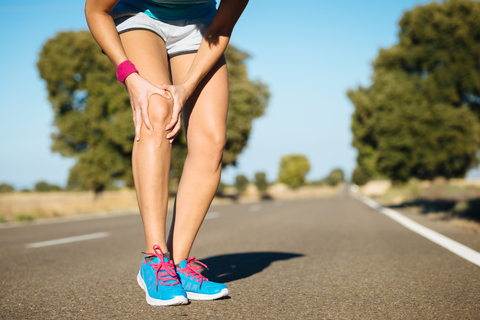
Ease Lateral Knee Pain and Get Back on Track
IT Band Syndrome typically arises when the thick band of connective tissue, known as the iliotibial band, becomes overly tight or inflamed. This band runs from the hip down to the knee on the outer thigh, helping stabilize and move the knee joint. When it is irritated by repetitive bending and extending of the knee—common in runners, cyclists, and even hikers—it can create friction and pain around the outer knee area. At The PT Zone, we recognize how debilitating this can be to your daily routine, especially if you enjoy active pursuits or spend long hours on your feet. That’s why our first step involves a thorough assessment of your lower body mechanics to spot underlying issues like muscle imbalances or poor gait patterns.
We then develop a personalized strategy that could include soft tissue work, stretching techniques, and targeted exercises aimed at reducing tension in the IT band. By focusing not only on the symptomatic area but also on nearby structures—like the hip abductors and core muscles—we help ensure that your body moves in harmony. For many clients, we also address potential triggers such as inadequate footwear, improper running form, or abrupt spikes in training volume. Our goal is to retrain you to move efficiently, fostering long-term relief rather than just short-term fixes. Through guided sessions, consistent home exercise routines, and regular check-ins, we help you gradually build resiliency around your knee and maintain healthy function for whatever activities you love.
As your therapy progresses, we often incorporate more dynamic drills that reflect real-world demands, including sports-specific training or biomechanical corrections for walking and running. This approach ensures that improvements in flexibility and strength translate seamlessly into daily movement. Throughout the rehabilitation process, we pay close attention to any pain signals, adjusting your program to find that optimal balance between healing and staying active. Ultimately, addressing IT Band Syndrome at its root can make all the difference in returning to an active lifestyle without the nagging ache on the outside of your knee.
Our team of professionals recognizes that each person’s body and goals are unique, which is why every exercise and intervention is tailored to your specific needs. We are committed to providing the education you need—covering stretches, self-massage techniques, training modifications, and more—so you feel empowered to manage your IT Band health well beyond your time in the clinic. By combining manual therapy, corrective exercise, and mindful habit changes, we aim to help you move freely and confidently again.
Our Therapies for IT Band Syndrome Recovery:
Below is a snapshot of services specifically tailored to relieve lateral knee pain, restore healthy movement, and prevent future IT Band setbacks.
-
Balance Training
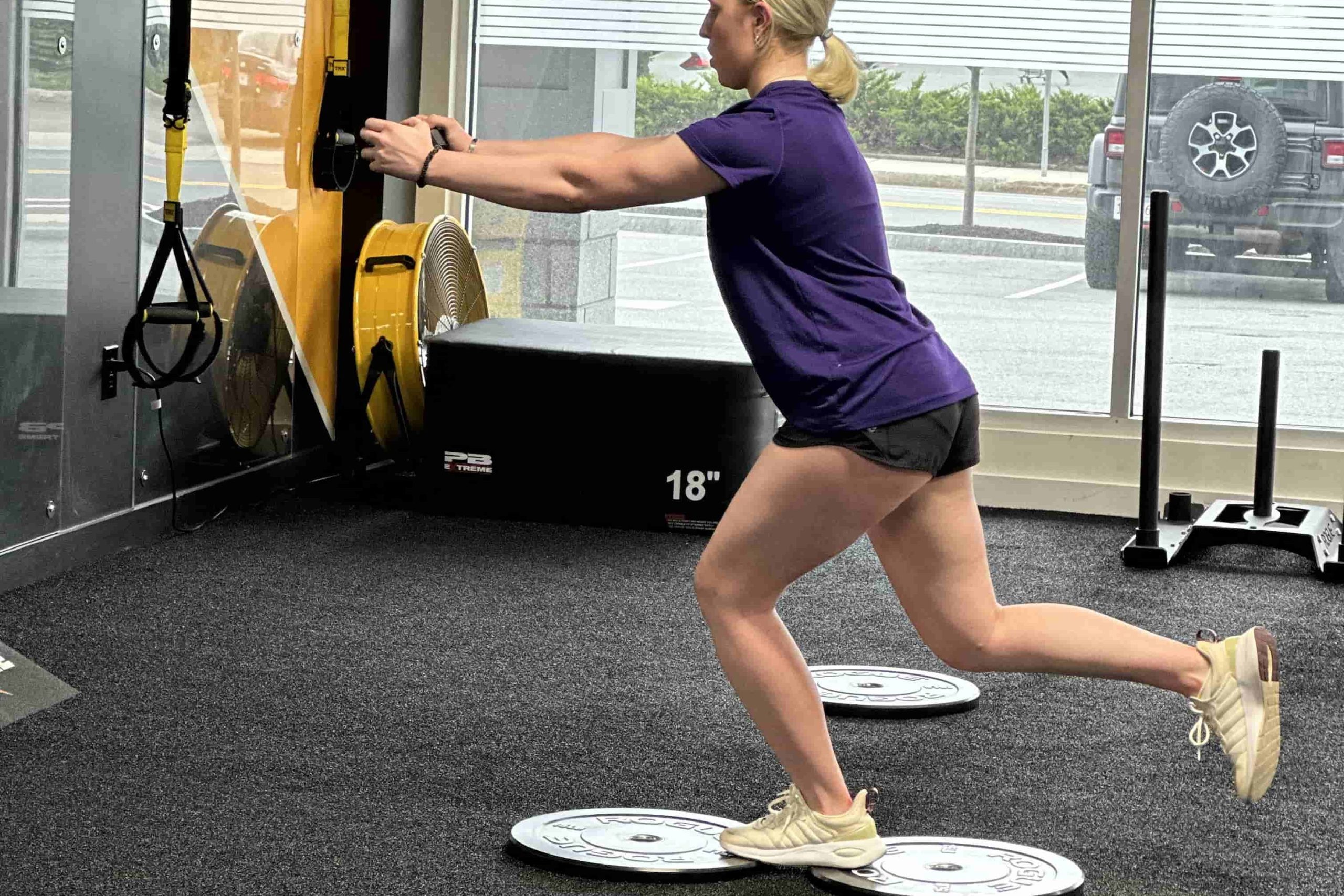
Balance Training is a specialized approach that strengthens stabilizing muscles, enhances coordination, and reduces fall risks, ultimately improving posture and promoting confident movement.
-
Certified Manual Therapy
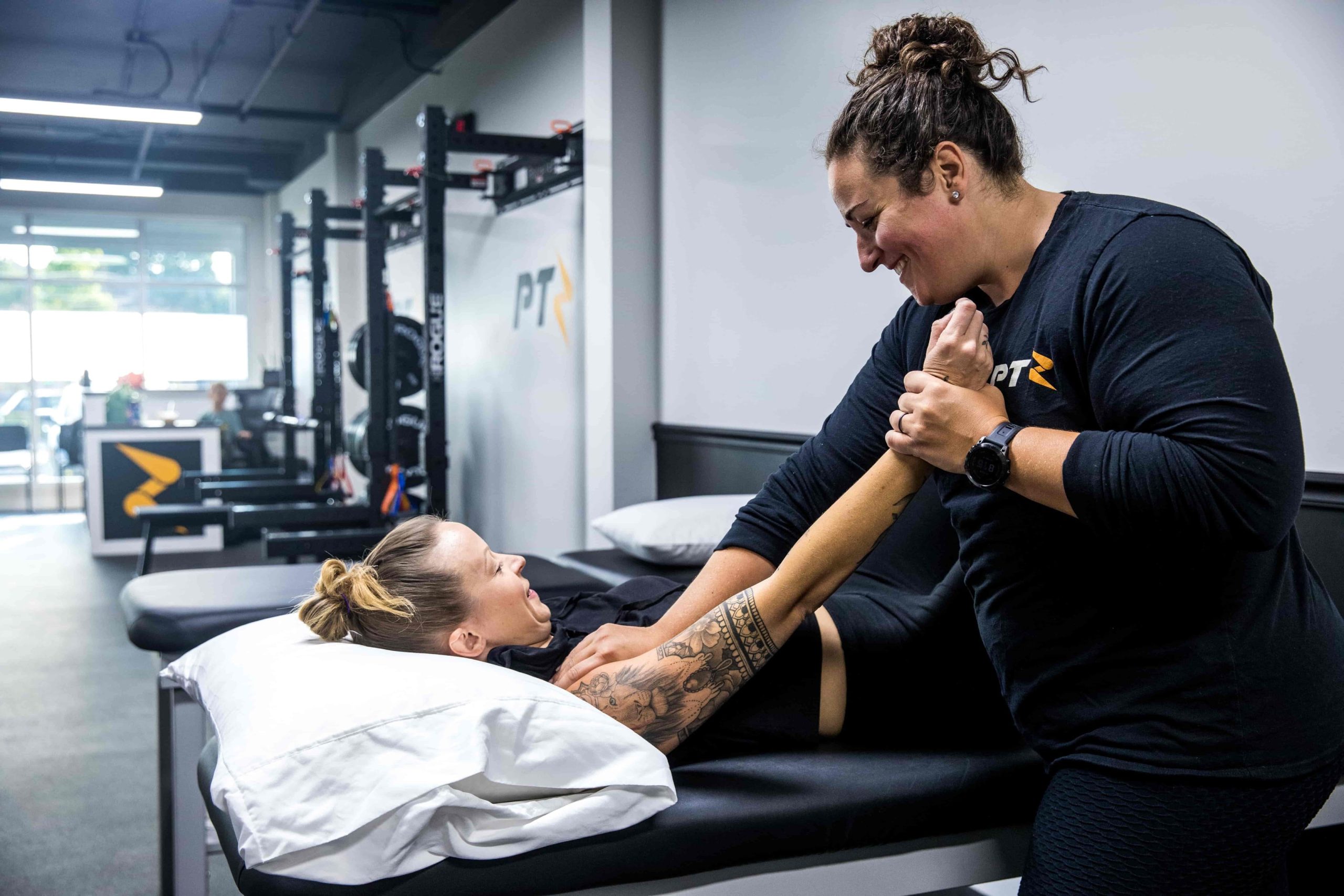
Certified Manual Therapy is a hands-on approach that addresses joint, muscle, and connective tissue dysfunction, reducing pain, improving alignment, and promoting faster, more efficient recovery.
-
Cupping
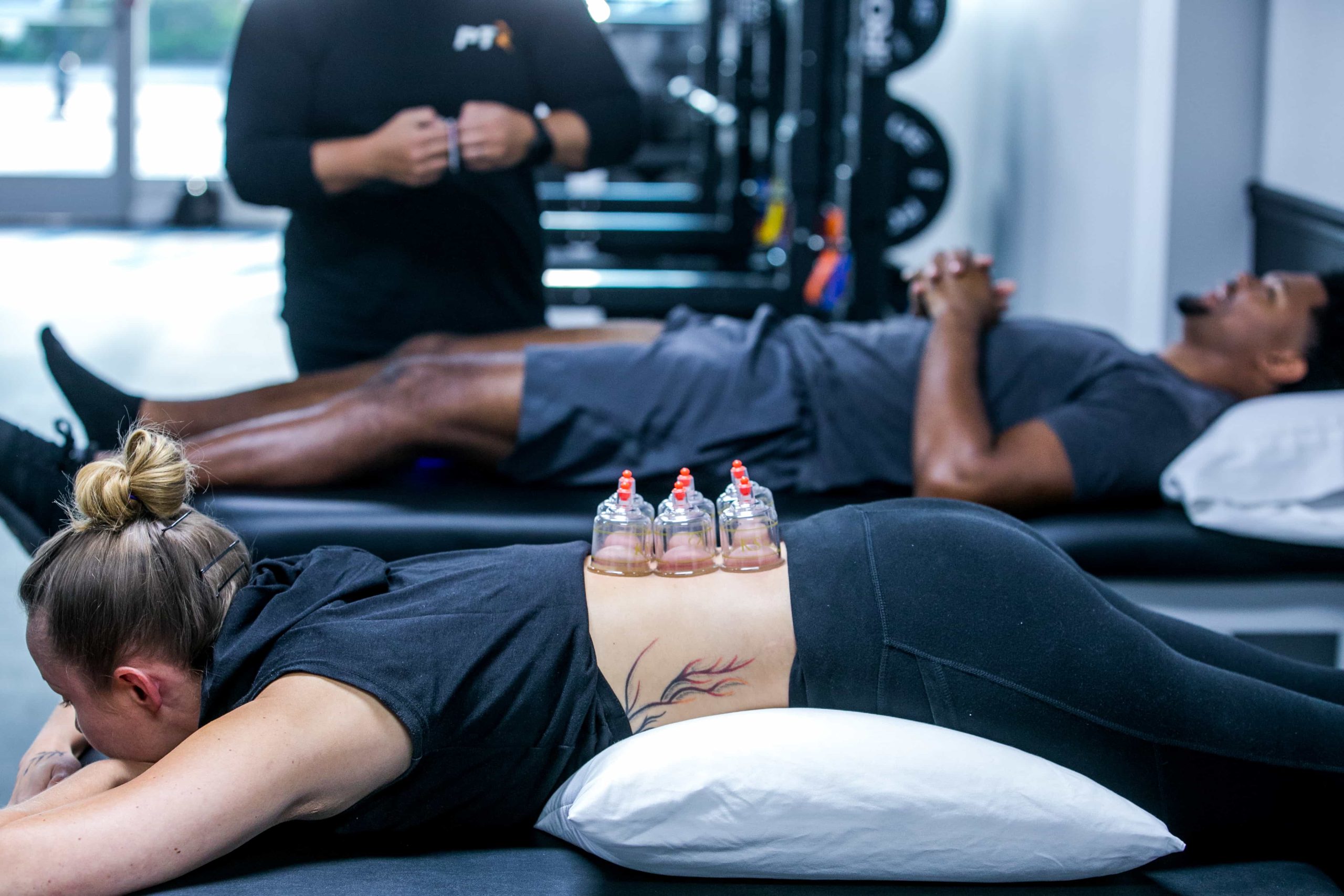
Cupping therapy is an ancient healing technique that uses suction to enhance circulation, relieve muscle tension, and promote the body’s natural recovery process.
-
Dry Needling
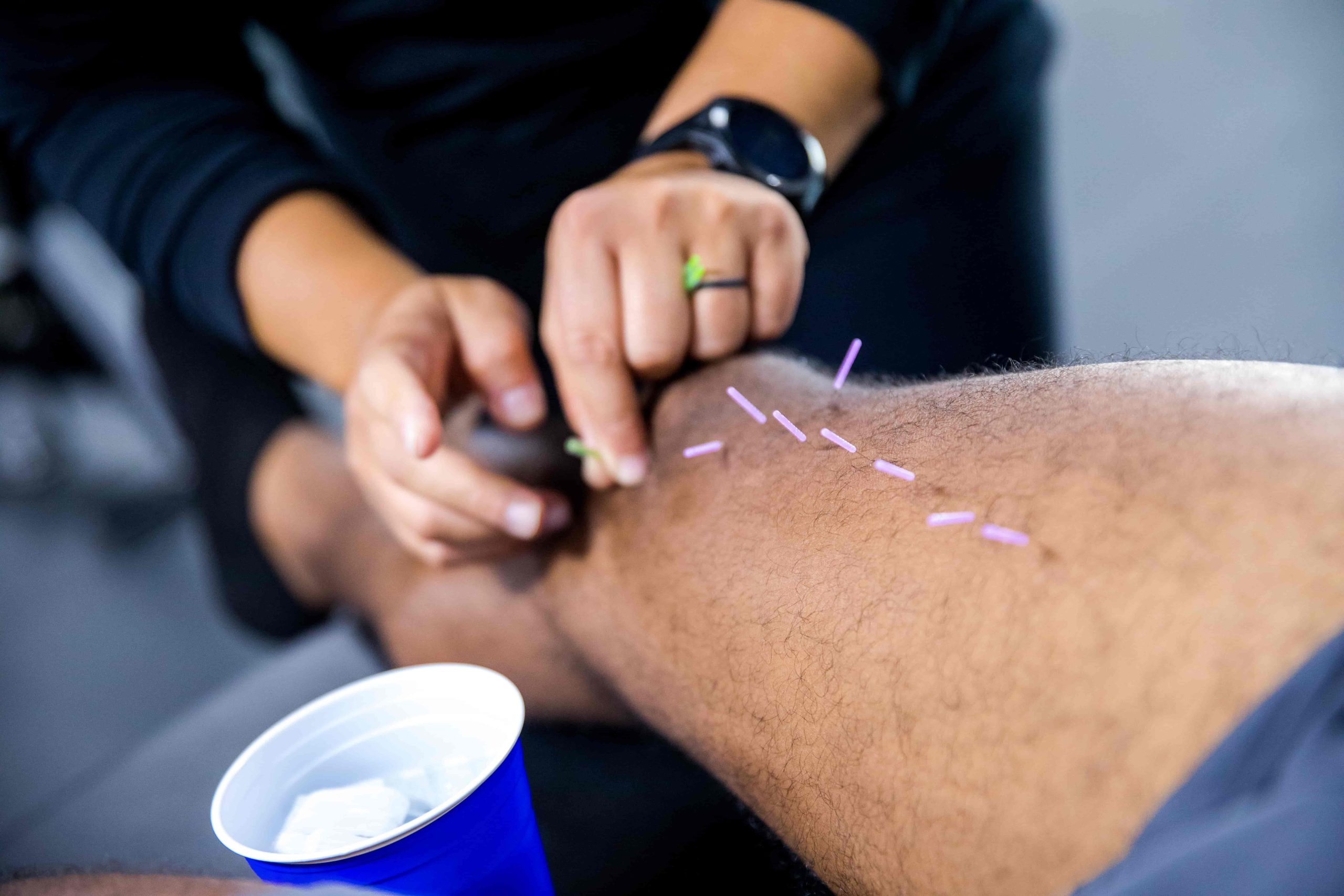
Dry needling is a modern therapy that targets muscle trigger points with thin needles to relieve pain, reduce tension, and restore mobility.
-
Gait Training
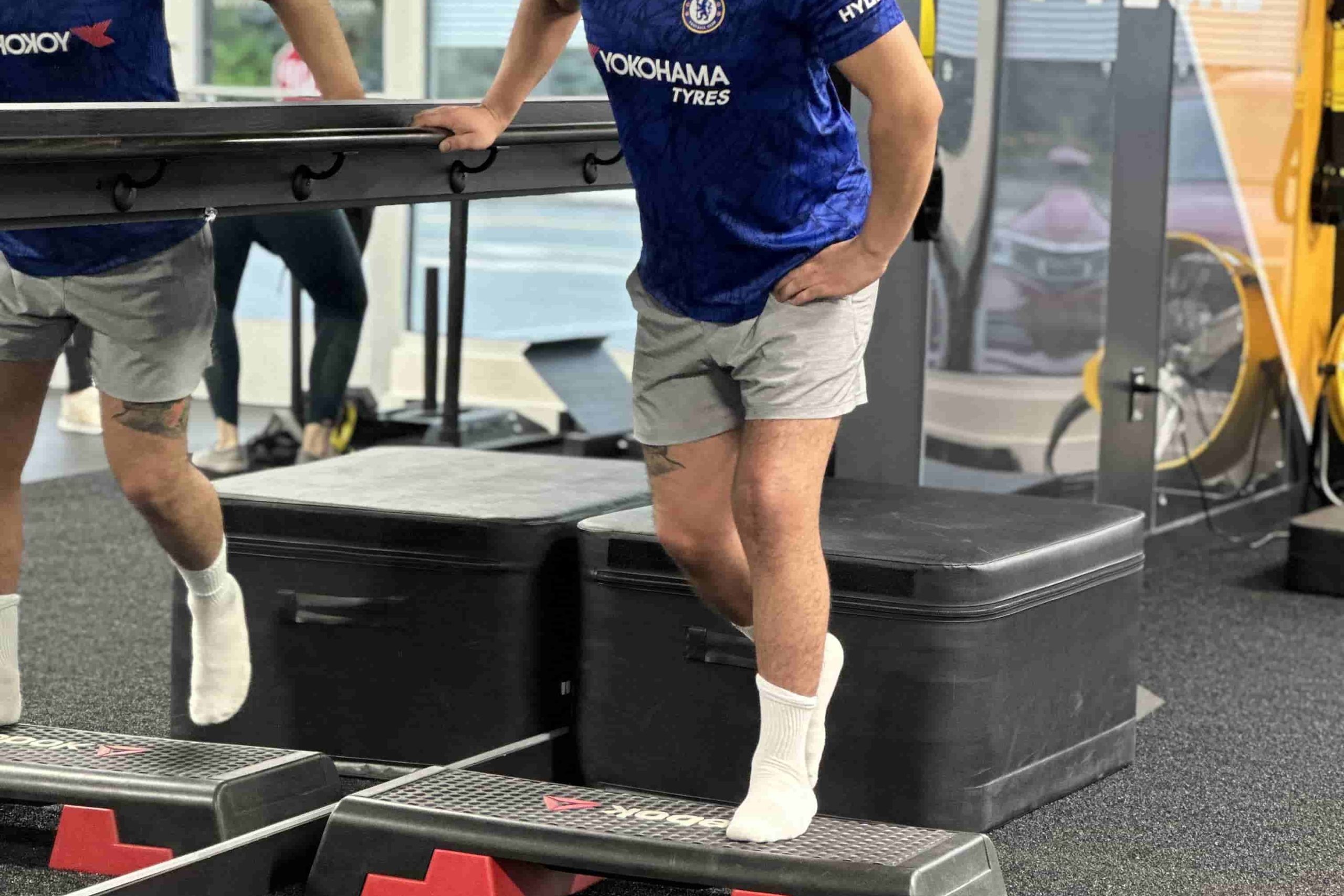
Gait Training is a specialized approach that enhances walking mechanics, improves lower-limb strength, and reduces re-injury risks, ultimately promoting more efficient movement.
-
Graston Technique
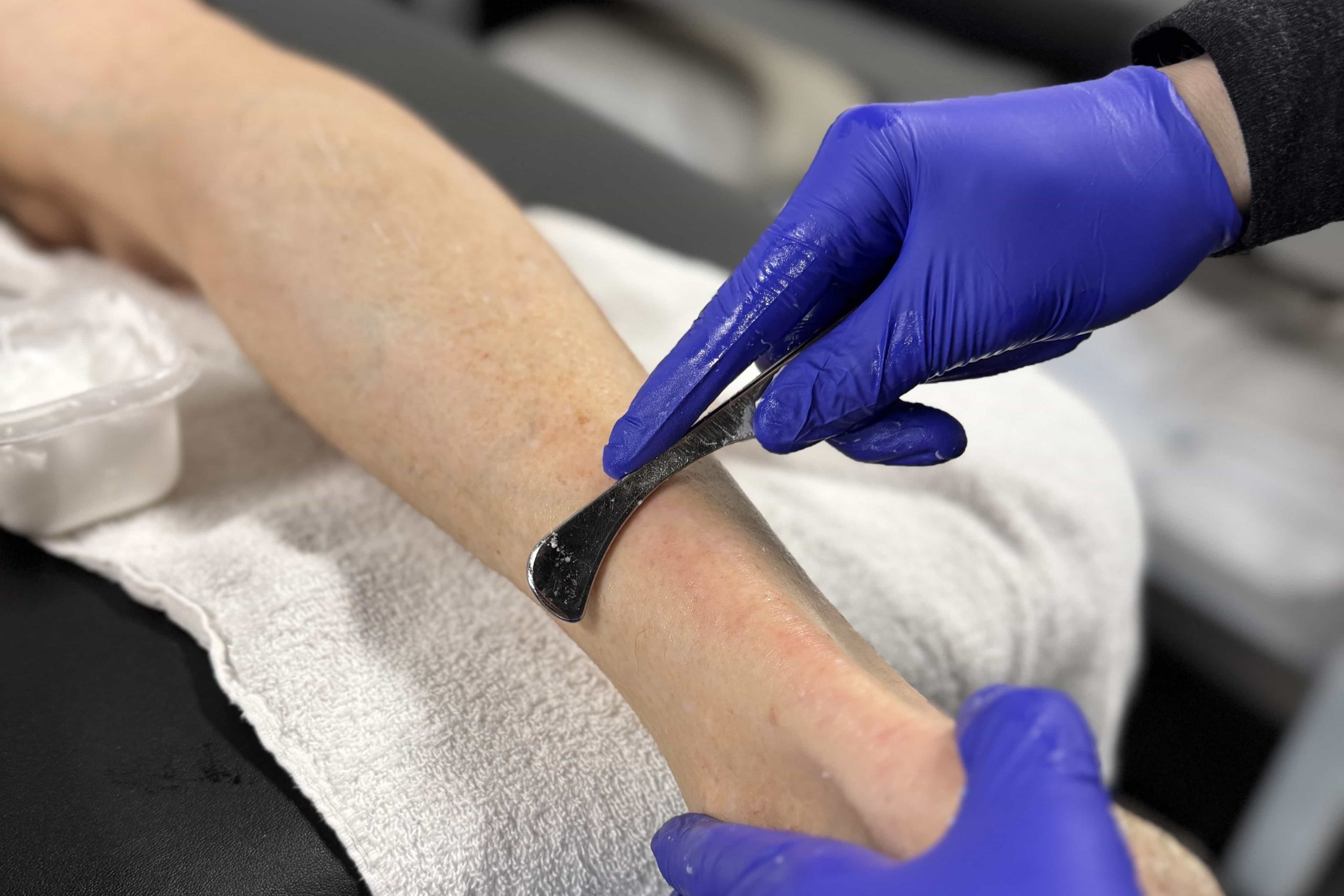
Graston Technique is a specialized manual therapy that uses stainless steel instruments to break down scar tissue, improve mobility, and accelerate healing.
-
Kinesiotaping
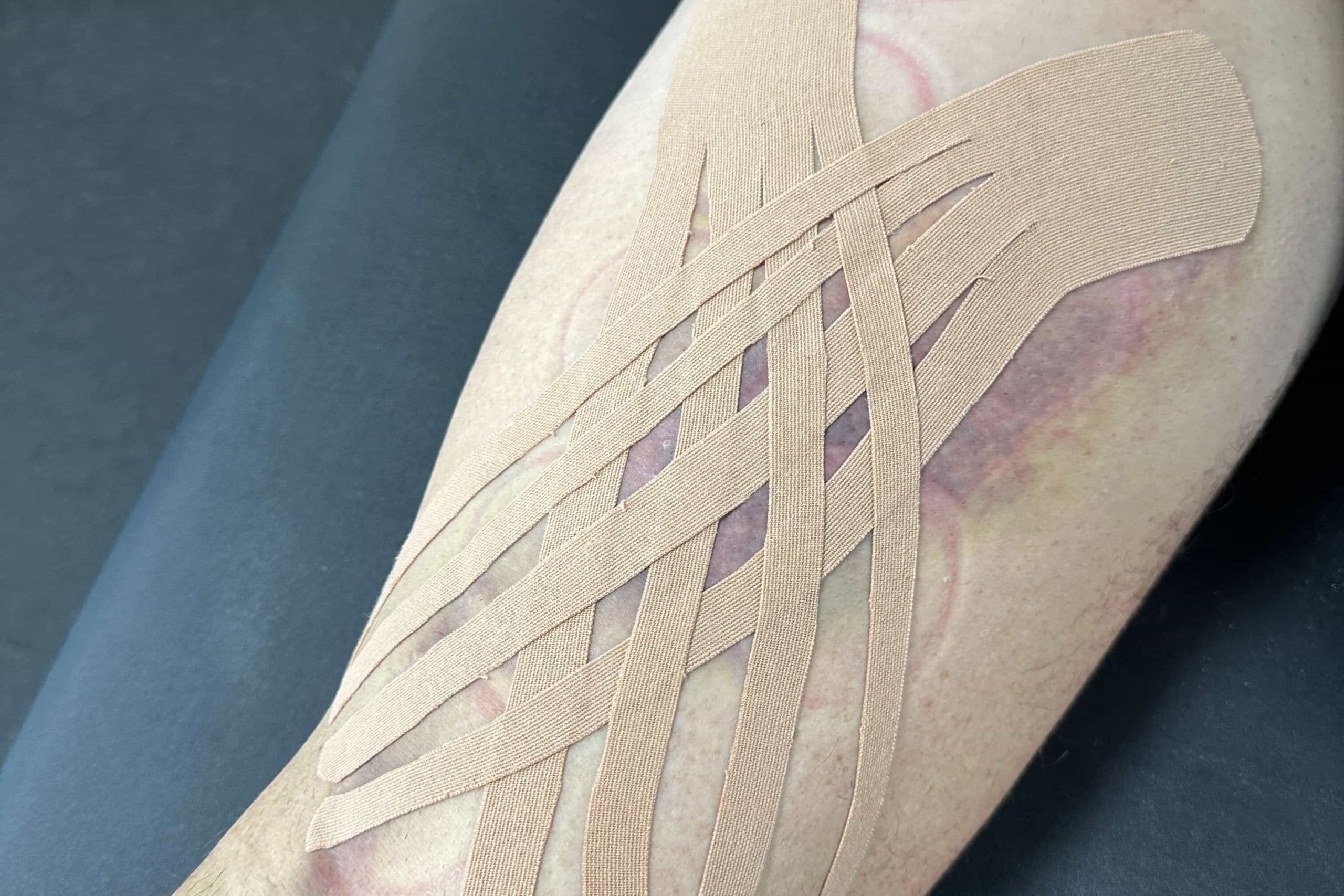
Kinesiotaping is a flexible taping method that provides gentle support, improves circulation, and helps maintain natural movement for a more comfortable and effective recovery.
-
Manual Traction
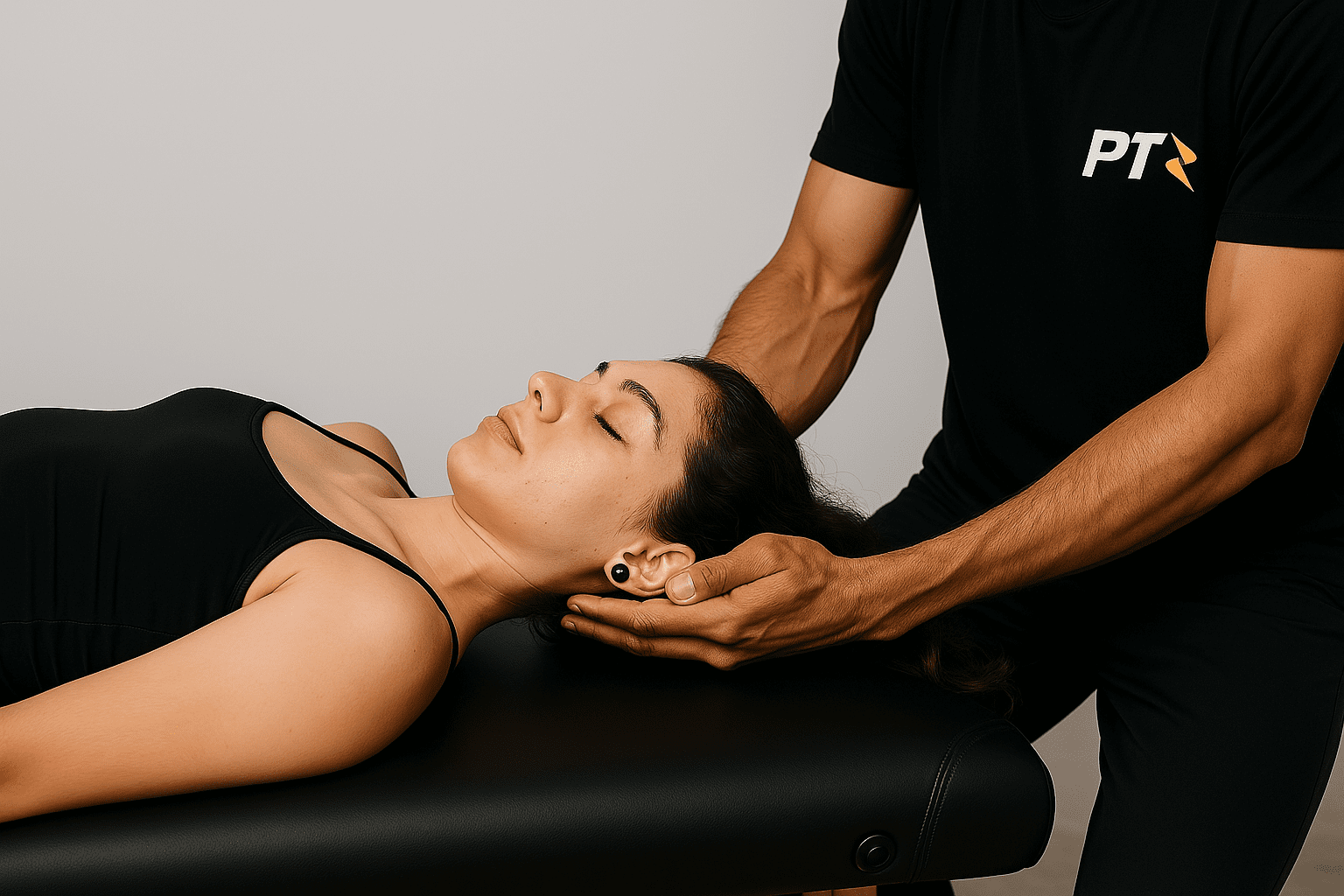
Manual Traction is a gentle, hands-on method used to decompress the spine, relieve pressure on discs and nerves, and improve overall comfort and mobility.
-
Post-Surgical Rehab
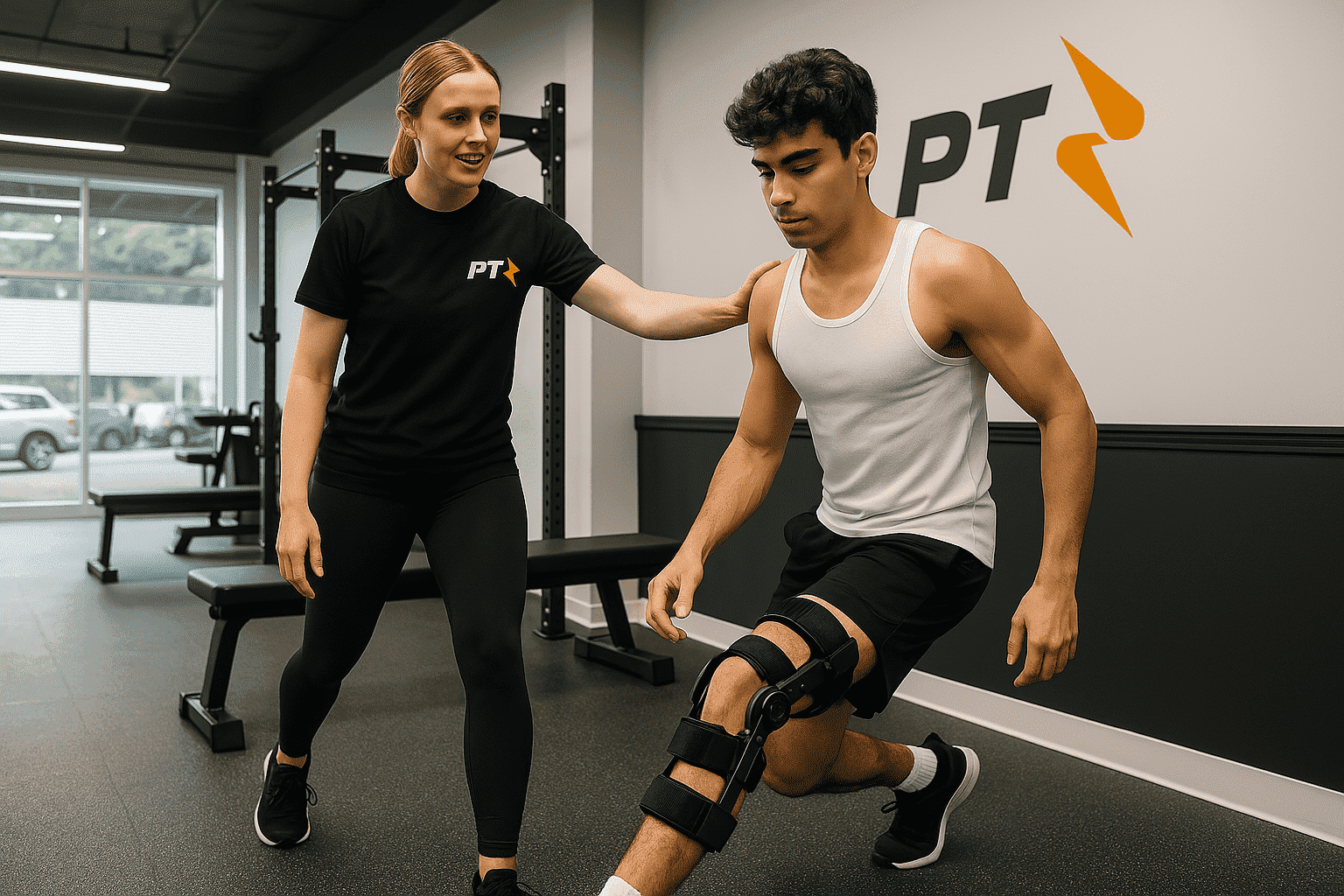
Post-Surgical Rehab is a structured recovery process designed to restore mobility, manage pain, and rebuild strength after surgery, ensuring a safer and faster return to your everyday activities or sports.
-
Physical Therapy for Weightlifters & CrossFit
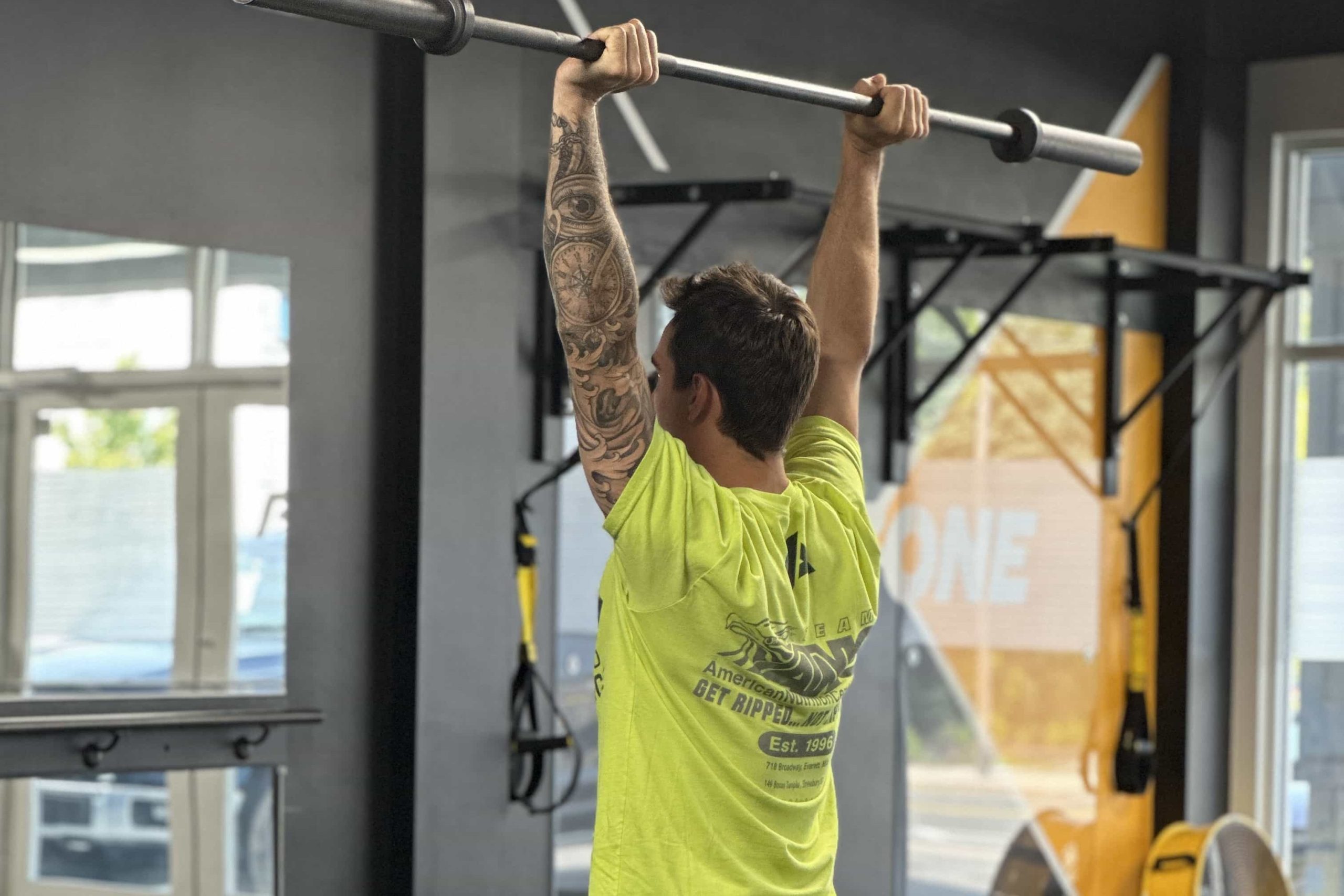
Physical Therapy for Weightlifters & CrossFit focuses on proper lifting mechanics, correcting muscle imbalances, and managing stress on joints to prevent pain, accelerate recovery, and enhance overall strength gains.
-
Physical Therapy For Runners
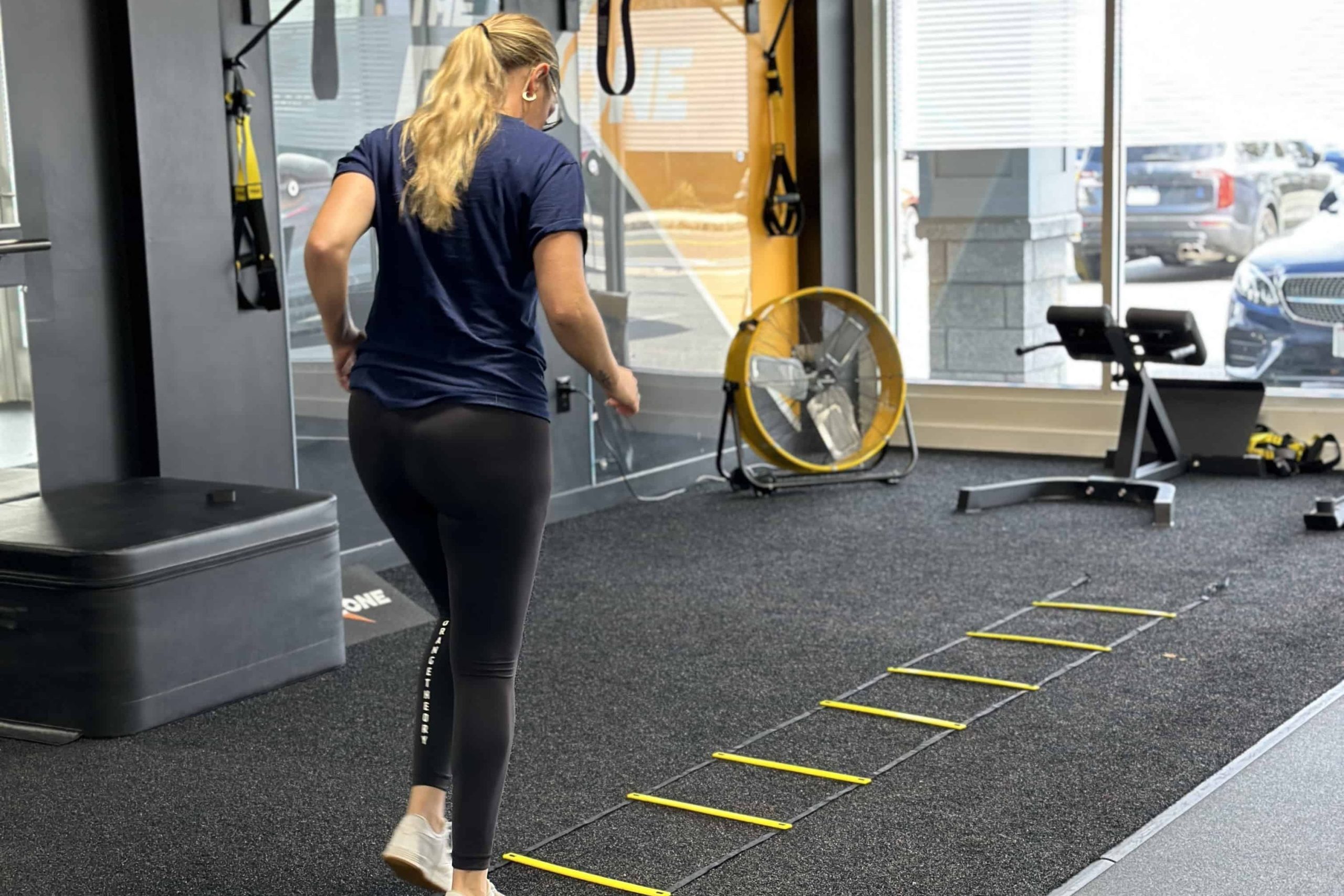
Physical Therapy for Runners focuses on refining running form, addressing muscle imbalances, and enhancing lower-limb stability to prevent injuries and boost performance.
-
Neuromuscular Massage Therapy
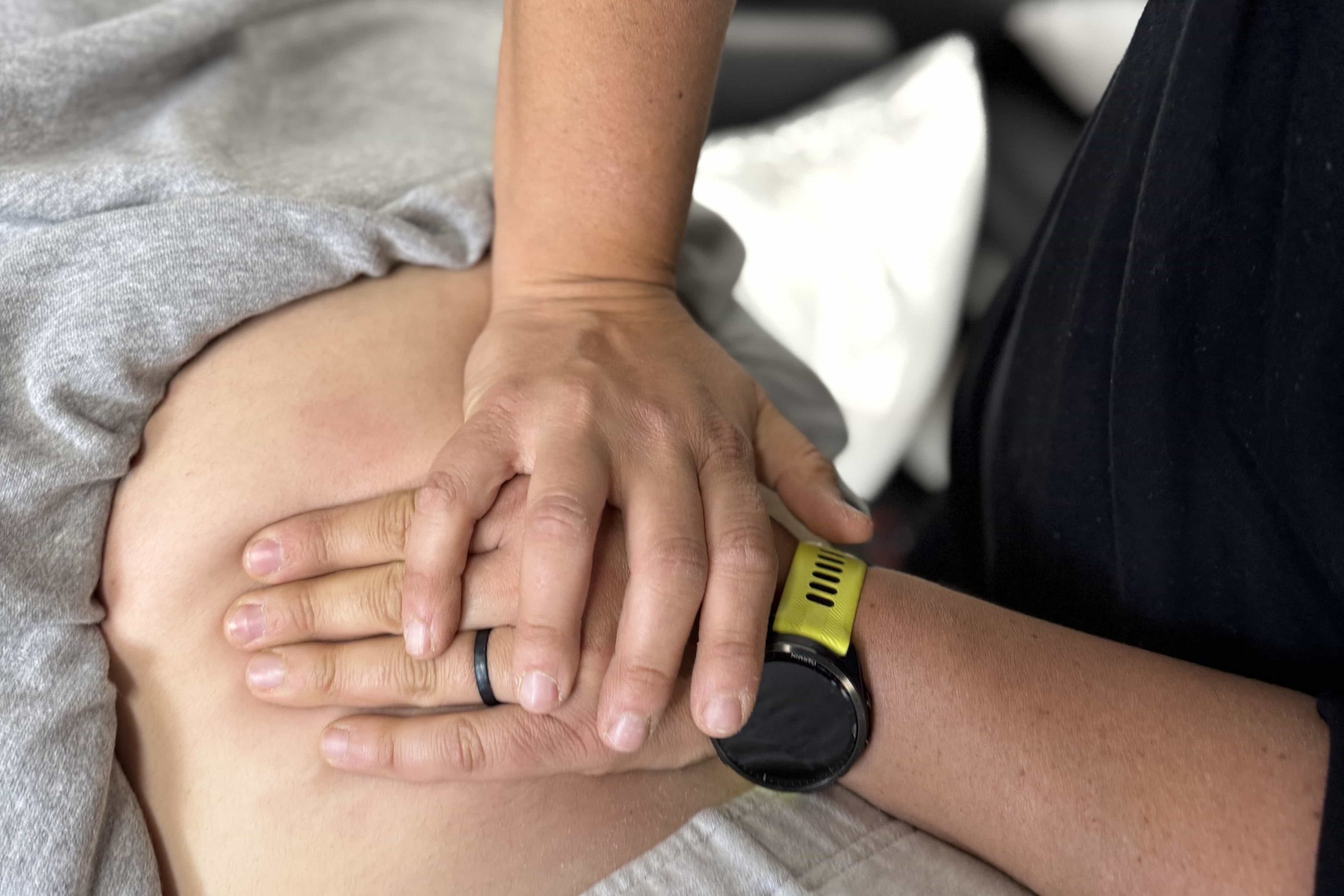
Neuromuscular Massage Therapy (NMT) precisely targets trigger points in muscles and connective tissues, relieving tension, restoring proper function, and promoting long-term pain relief.

At The PT Zone, we’re committed to helping you achieve long-term relief and restore your ability to move freely and without pain.
Our tailored approach combines hands-on techniques, guided exercises, and supportive education to address both the symptoms and root causes of IT Band Syndrome. Let us guide you through your path to recovery, so you can step back into the activities you love with renewed ease.
Common Questions from IT Band Syndrome Clients
1. What causes IT Band Syndrome, and who is most at risk?
IT Band Syndrome commonly arises from repetitive flexion and extension of the knee, which inflames the tissue where the IT band rubs against the outer knee. Runners, cyclists, and individuals who rapidly increase their training intensity are particularly vulnerable. Muscle imbalances around the hips, improper foot alignment, and wearing unsupportive footwear can further contribute to the condition. Essentially, any factor that leads to excessive tension or poor biomechanics in the lateral thigh can elevate your risk.
2. Do I need to stop running or exercising until I recover?
It depends on the severity of your symptoms. In many cases, modifying your workout routine—rather than halting it completely—can aid in the healing process. Your physical therapist may suggest cross-training with low-impact activities like swimming or elliptical workouts to maintain fitness while reducing stress on the IT band. The key is to avoid motions that aggravate your pain and to follow a careful progression back to high-impact exercise. By striking this balance, you can continue to stay active without delaying your recovery.
3. Is foam rolling effective for IT Band Syndrome?
Foam rolling can be helpful for reducing muscle tension and improving circulation around the IT band, though some people find it painful or ineffective if done incorrectly. Rolling the lateral thigh area can loosen tight fascia, but focusing too heavily on the band itself can sometimes aggravate symptoms if inflammation is present. A more balanced approach involves rolling or releasing the muscles that attach to the IT band—like the tensor fasciae latae (TFL) or the glutes—along with properly guided stretches and strengthening exercises. Your therapist can demonstrate the correct technique to maximize benefits and minimize discomfort.
4. How long does it take to recover from IT Band Syndrome?
Recovery timelines vary based on the severity of your condition and how quickly you address underlying causes. Mild cases may resolve within a few weeks if you adhere to a tailored exercise program and modify aggravating activities. More persistent or severe symptoms can take several months of consistent therapy and incremental training adjustments. Throughout your journey, it’s critical to listen to your body’s signals and work closely with your therapist to gauge when and how to progress your workouts safely.
5. Will stretching alone fix my IT Band pain?
Stretching can help increase flexibility and ease some tension, but it usually isn’t sufficient by itself. Combining stretches with targeted strengthening exercises and form modifications often provides more lasting relief. The IT band may remain irritated if the structures supporting it—like the hips and glutes—are weak or not firing correctly. By building a well-rounded program that includes strength, flexibility, and proper biomechanics, you’ll address the condition’s core contributors and stand a better chance of a full recovery.
6. Can physical therapy prevent future flare-ups?
Absolutely. A well-structured PT program not only alleviates current symptoms but also addresses the biomechanical factors that may set you up for repeated bouts of IT Band Syndrome. By honing your running or cycling form, strengthening key muscle groups, and steadily building training volume, you reduce the likelihood of re-injury. Your therapist may also recommend ongoing maintenance exercises or periodic check-ins to keep you moving optimally and ward off future flare-ups.
7. Should I consider surgery if my IT band pain doesn’t improve quickly?
Surgery is rarely the first line of treatment for IT Band Syndrome and is typically reserved for very chronic or severe cases that don’t respond to conservative care. Most people find significant relief through a combination of physical therapy, lifestyle adjustments, and targeted exercise. If symptoms persist despite consistent intervention, you can discuss additional diagnostic tests or procedures with your healthcare provider. That said, a thorough rehab program can often resolve the condition before surgery becomes a consideration.















